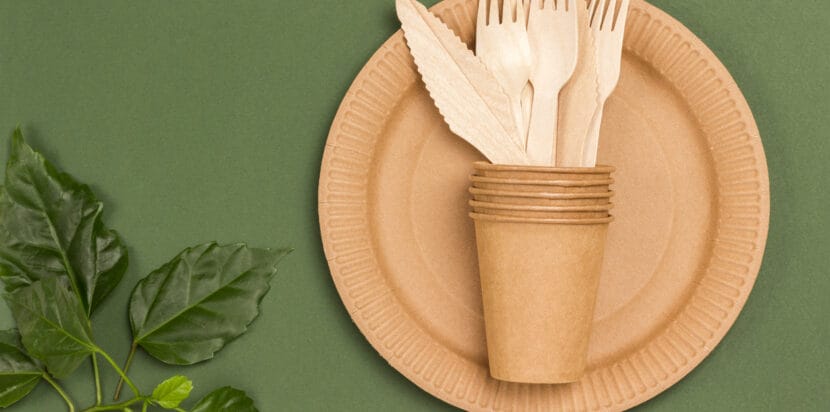As the world moves towards sustainable and eco-friendly alternatives, bagasse products have emerged as a revolutionary solution to combat plastic waste. But how exactly are these products made? Let’s explore the bagasse manufacturing process—a journey that transforms sugarcane waste into biodegradable packaging and tableware.
Step 1: Collection & Processing of Bagasse
Bagasse is the fibrous residue left behind after sugarcane stalks are crushed to extract juice. Instead of discarding this byproduct, it is collected and dried to remove excess moisture. This raw material serves as the foundation for creating eco-friendly disposable products.
Step 2: Pulp Formation & Molding
Once dried, the bagasse fibers are mixed with water and natural binders to create a pulp. This mixture is then poured into molds, which are shaped according to the desired product—plates, bowls, food containers, and more. The molded pulp is pressed under high temperatures to ensure strength, durability, and water resistance.
Step 3: Drying & Finishing
After molding, the products undergo a drying process to eliminate any remaining moisture. They are then trimmed, quality-checked, and, if needed, customized with branding or specific coatings. Finally, the finished bagasse products are packaged and prepared for global distribution.
Why is This Process Sustainable?
Energy Efficient – Requires less energy than plastic production, reducing carbon footprints.
Utilizes Agricultural Waste – Reduces environmental impact by repurposing sugarcane byproducts.
Completely Biodegradable – Products decompose naturally within 90-180 days.
Plastic-Free Alternative – A step towards eliminating non-recyclable plastic waste.
